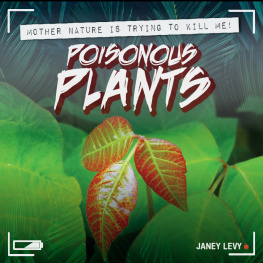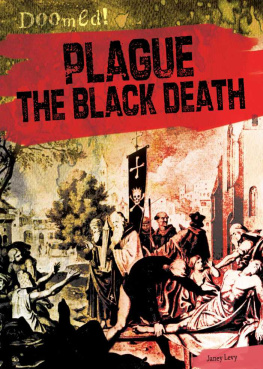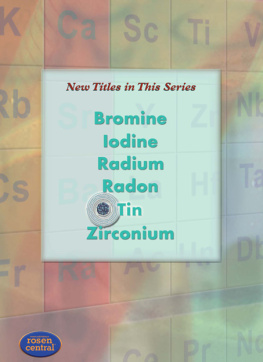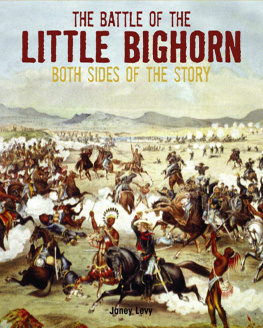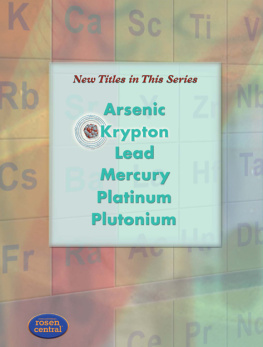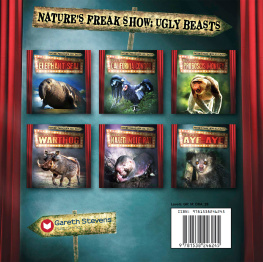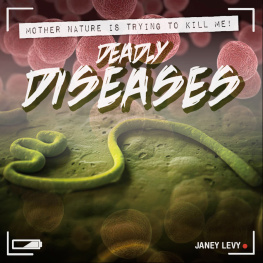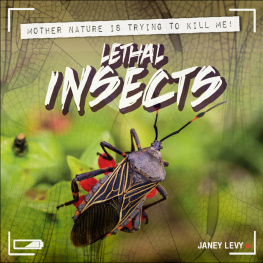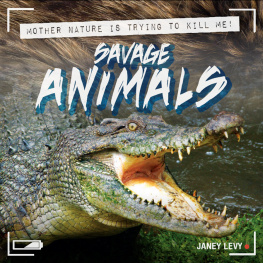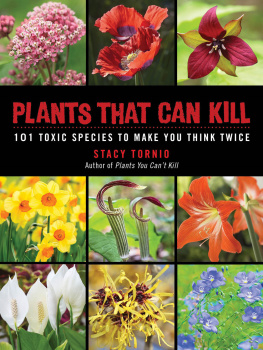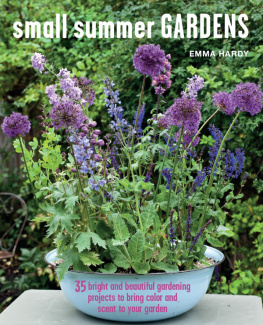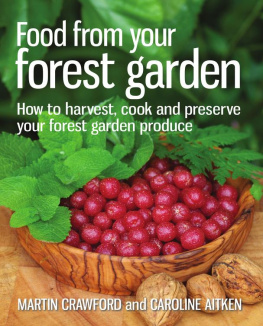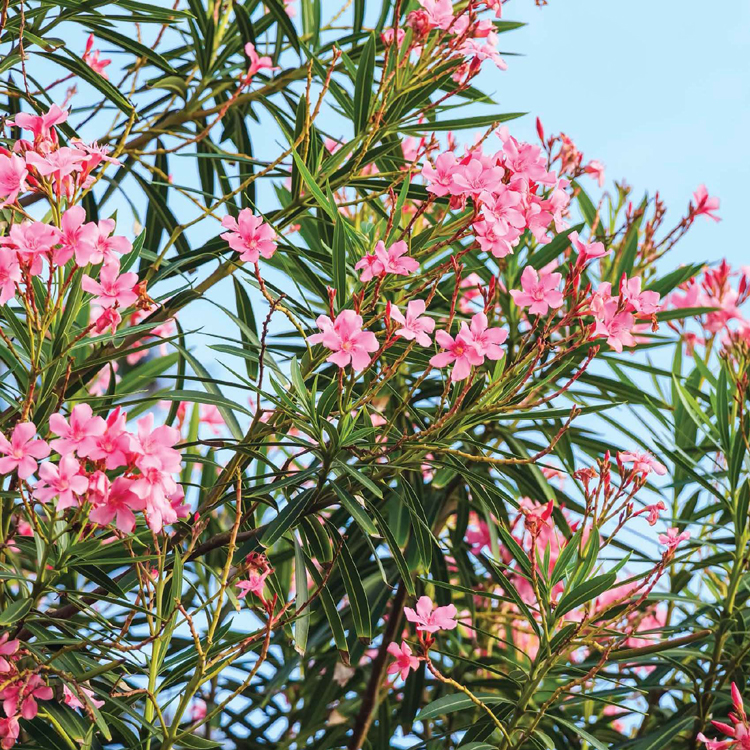Please visit our website, www.garethstevens.com. For a free color catalog of all our high-quality books, call toll free 1-800-542-2595 or fax 1-877-542-2596.
Library of Congress Cataloging-in-Publication Data
Names: Levy, Janey, author.
Title: Poisonous plants / Janey Levy.
Description: New York : Gareth Stevens Publishing, [2020] | Series: Mother nature is trying to kill me! | Includes bibliographical references and index.
Identifiers: LCCN 2018052203| ISBN 9781538239742 (pbk.) | ISBN 9781538239766 (library bound) | ISBN 9781538239759 (6 pack)
Subjects: LCSH: Poisonous plants--Juvenile literature.
Classification: LCC QK100.A1 L49 2020 | DDC 581.6/59--dc23
LC record available at https://lccn.loc.gov/2018052203
First Edition
Published in 2020 by
Gareth Stevens Publishing
111 East 14th Street, Suite 349
New York, NY 10003
Copyright 2020 Gareth Stevens Publishing
Designer: Sarah Liddell
Editor: Monika Davies
Photo credits: Cover, p. 1 K Steve Cope/Shutterstock.com; background used throughout Zamurovic Photography/Shutterstock.com; p. 4 Stilfehler/Wikimedia Commons; p. 5 Marina Andrejchenko/Shutterstock.com; p. 7 (main) Martin Fowler/Shutterstock.com; p. 7 (inset) dadalia/Shutterstock.com; p. 9 jflin98/Shutterstock.com; p. 11 (main) Svitlana Minazova/Shutterstock.com; p. 11 (inset) Karuna Eberl/Shutterstock.com; p. 13 Greentelect Studio/Shutterstock.com; p. 15 BergeImLicht/Shutterstock.com; p. 17 (main) Schad/ Shutterstock.com; p. 17 (inset) vainillaychile/Shutterstock.com; p. 19 Ruud Morijn Photographer/Shutterstock.com; p. 20 L. Braun/Wikimedia Commons; p. 21 (background) egluteskarota/Shutterstock.com; p. 21 (peach pits) Anastasiia Skorobogatova/ Shutterstock.com, p. 21 (apple seeds) Roman Samokhin/Shutterstock.com; p. 21 (cherry pits) Valentyn Volkov/Shutterstock.com.
All rights reserved. No part of this book may be reproduced in any form without permission in writing from the publisher, except by a reviewer.
Printed in the United States of America
CPSIA compliance information: Batch #CS19GS: For further information contact Gareth Stevens, New York, New York at 1-800-542-2595.
GRIM GREENERY
Almost everyone likes beautiful flowers. Many people also enjoy gardening and grow flowers, bushes, and trees in their yard. However, did you know some lovely garden plantsand many pretty wild plantscan be deadly?
Some of the plants growing around you produce toxins, or poisons. Some plant toxins cause harm when you touch them. Other plant toxins only hurt you if you eat the poisonous part of the plant. Be careful! Sometimes you cant tell just by looking which plants are poisonous.
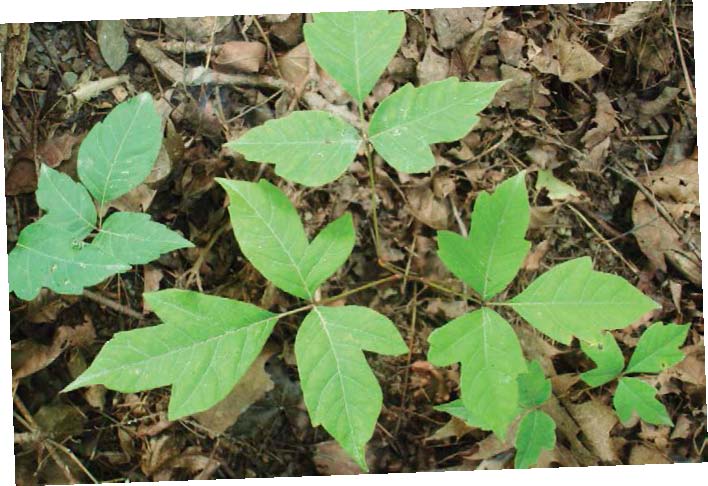
POISON IVY
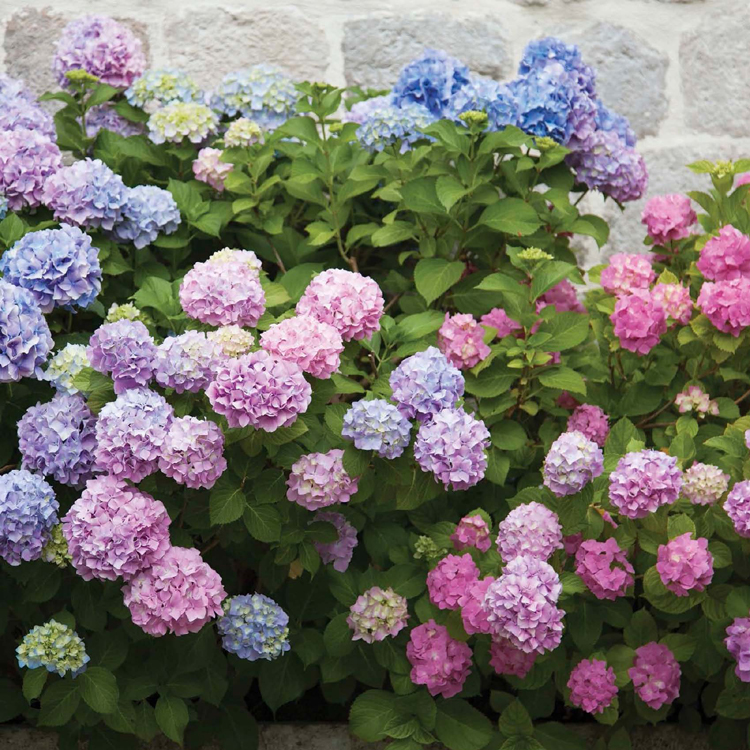
PEOPLE SOMETIMES CHOOSE POISONOUS PLANTS FOR THEIR GARDENS BECAUSE OF THEIR BEAUTY. THE HYDRANGEA BUSH IS A BEAUTIFUL PLANT, BUT EATING ANY PART OF IT CAN CAUSE YOU TO VOMIT AND HAVE TROUBLE BREATHING.
DEADLYNIGHTSHADE
The name of this plant gives away its killer ability: deadly nightshade. It first grew wild in Europe and Asia. Today, it also grows in gardens in the United States. Every part of the deadly nightshade is toxic, but the sweet berries cause the most poisonings.
Touching deadly nightshades leaves can irritate your skin. Eating the plants berries can cause head pain, trouble seeing, problems with thinking, and convulsions. In the end, the toxins in the berries might make your heart stop!
THE FORCE OF NATURE
Deadly nightshade is also known as belladonna, which means beautiful lady in Italian. In the past, women used theplant to make their pupils look bigger, which was a popular beauty practice.
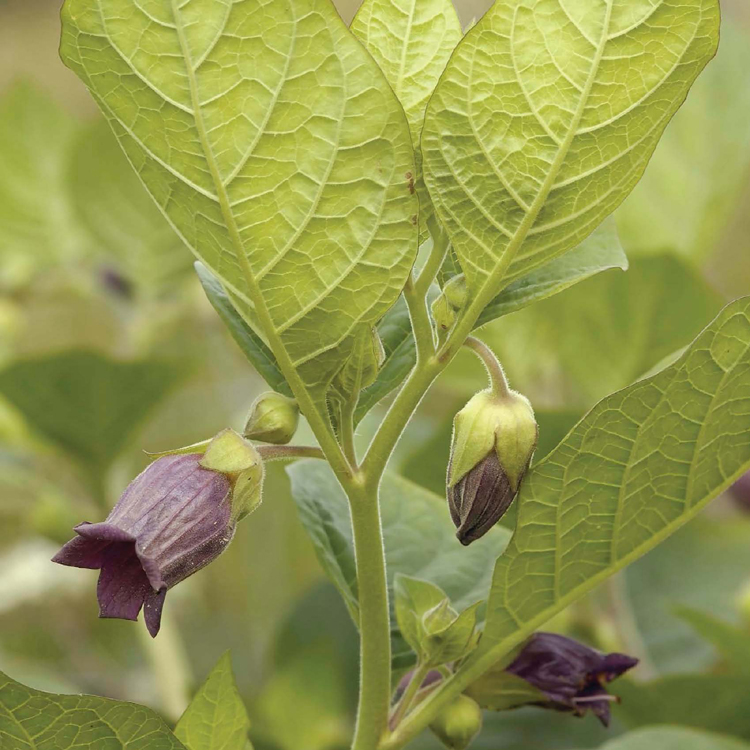
EXPERTS SAY EATING AS FEW AS TWO DEADLY NIGHTSHADE BERRIES CAN KILL A CHILD.

NIGHTSHADE BERRIES
WICKEDWATER HEMLOCK
Water hemlock is pretty and looks like other plants that are safe to eat. It belongs to the same plant family as carrots and celery. But dont be fooled! This wild greenery is the most toxic plant in North America.
All parts of the plant are toxic, but the roots are the most poisonous. The toxin causes sweating, breathing problems, seizures, stomach pain, and vomiting. You might suffer such terrible convulsions that your bones are yanked out of place. Finally, after suffering horribly, you might die.
THE FORCE OF NATURE
The toxin in water hemlock isvery strong. Taking a single bite of the plant is sometimes enough to kill you! The toxin can cause death within hours.

PEOPLE SAY WATER HEMLOCKS ROOTS SMELL LIKE CARROTS OR PARSNIPS. THEY SMELL GOOD ENOUGH TO EAT! THATS A MEAN TRICK ON THE PART OF THE POISONOUS PLANT.
MENACINGMANCHINEEL
The manchineel tree grows from Florida to northern South America, as well as in the Caribbean. This tree has shiny green leaves and fruit that looks like small apples. Its considered Earths most dangerous tree.
The machineel trees toxic sap runs throughout the tree, including the leaves. Just brushing against the tree can burn your skin! If you set the tree on fire, the smoke may briefly blind you. Eating the fruit can cause such terrible vomiting and diarrhea that you die from dehydration.
THE FORCE OF NATURE
A single bite of this trees fruit is enough to produce such extreme pain andswelling in the throat that its almost impossible to swallow food. This can happen within a couple of hours!
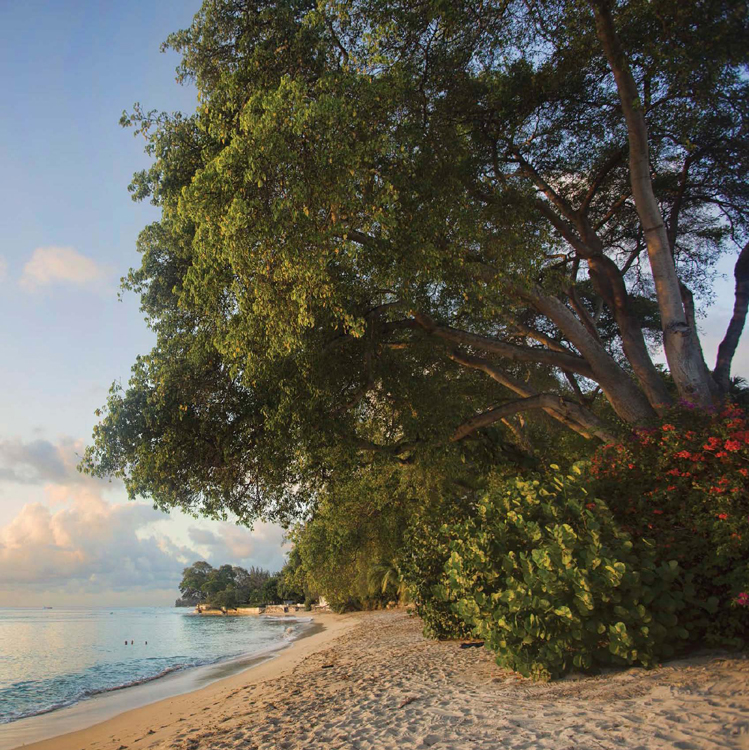
THE FRUIT OF THE MANCHINEEL TREE IS ALSO CALLED THE BEACH APPLE OR THE LITTLE APPLE OF DEATH.

BEACH APPLES
AWFULOLEANDER
Oleander is a plant with beautiful flowers. Its often grown as a hedge, which is a row of plants that form a border. But dont let this plants beauty trick you. All parts of the oleander have deadly toxins.
The oleander is so toxic that just touching the plants leaves or sap can irritate the skin of some people. If you accidentally eat part of the oleander, you may throw up and have diarrhea. Your heart may also be affected. In the end, you might die.
THE FORCE OF NATURE
The toxins in the oleander arepowerful. People have gotten sick eating honey made by bees that ate the nectar of oleander flowers!

